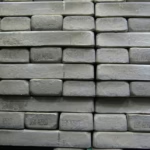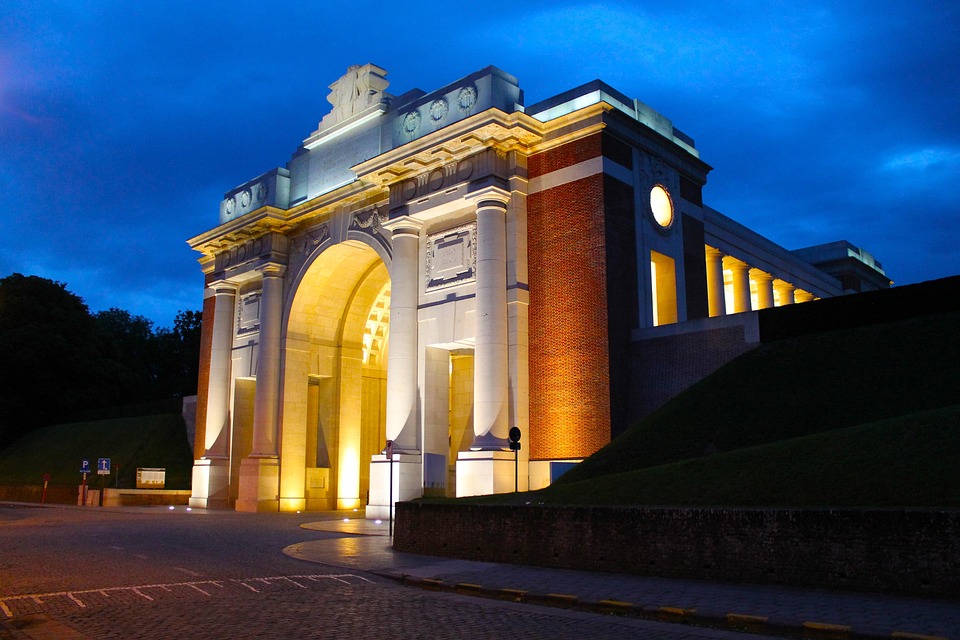Charting Change: The Evolution of World Maps Through the Ages
The art of mapping has been a vital tool for humanity, enabling navigation, exploration, and understanding of the world around us. As human civilization evolved, so did the representations of our world; the quest to chart the globe reflects not just the geographical knowledge of the time but also the cultural, political, and technological advancements. This article explores the evolution of world maps through various epochs, highlighting key moments, methodologies, and the impact of societal change on our understanding of the world.
Ancient Civilizations and Early Maps
The Beginnings of Cartography
The earliest forms of maps are thought to date back to the Babylonian civilization around 600 BCE. These ancient representations were rudimentary and often geometric, illustrating landforms and neighboring cities on clay tablets. One notable example is the Imago Mundi, a Babylonian clay tablet depicting a simplified world where Babylon is the center of the universe. This reflects a geocentric worldview prevalent in many ancient cultures.
Greek Contributions
With the advent of the Greek civilization in the 5th century BCE, cartography saw significant advancement. Greeks like Anaximander and Ptolemy contributed foundational elements to map-making. Ptolemy’s Geographia, written in the 2nd century CE, compiled knowledge from earlier sources and introduced a grid system based on latitude and longitude. His maps offered a systematic approach to geographical representation, allowing for improved navigation and exploration—an innovation that would influence cartography for centuries.
The Medieval Period: Faith and the World
During the medieval period, mapping practices reflected a society heavily influenced by religion. Medieval maps, often known as mappaemundi, placed Jerusalem at the center of the world, where East was regarded as the “top.” These maps served not only as navigational tools but also as moral and theological teachings, illustrating the relationship between heaven and earth.
An important example is the Hereford Mappa Mundi, created around 1300 CE. This intricately detailed map showcased not just geography but also mythological creatures and religious symbolism, presenting a worldview that intertwined faith with the physical world.
The Age of Exploration
Navigational Advances
The Age of Exploration (15th to 17th centuries) radically transformed cartographic practices. The need to navigate uncharted waters prompted significant technological advancements such as the magnetic compass and improved shipbuilding techniques. This era marked a shift toward more accurate representations of the world as voyages like those of Columbus and Magellan expanded European horizons.
Mercator Projection
In 1569, Flemish cartographer Gerardus Mercator proposed the Mercator projection, a cylindrical map projection that allowed for straight-line navigation. Although it distorts size, particularly at the poles, it facilitated maritime navigation and became standard for nautical maps. This projection emphasized the importance of European territories, framing them as dominant players in the global narrative.
The Industrial Revolution and Scientific Progress
The Rise of Modern Cartography
The 18th and 19th centuries brought about the Industrial Revolution, which ushered in a new wave of scientific inquiry and technological advancement. With increased industrial capabilities and an emphasis on precision, detailed maps became vital for urban planning, military operations, and resource management.
Topographic Mapping
Topographic maps, which detail the elevation and terrain of an area, became crucial during this period. Countries like France and Great Britain invested heavily in surveying their territories, resulting in detailed maps that provided valuable insights for agriculture, architecture, and infrastructure development.
The 20th Century: Changes in Perspective
Political Maps and Global Conflicts
The two World Wars shifted the focus of cartography from exploration to geopolitics. Maps became essential tools for strategy, propaganda, and post-war reconstruction. The Treaty of Versailles in 1919 reshaped national boundaries in Europe, necessitating a re-evaluation of existing maps.
Thematic and Geographic Information Systems (GIS)
Toward the latter part of the 20th century, thematic maps gained prominence. These maps focus on specific themes such as population density, economic indicators, or environmental concerns. The introduction of Geographic Information Systems (GIS) revolutionized cartography, allowing for the analysis and visualization of spatial data.
The Digital Age: Mapping in the 21st Century
Online Mapping Platforms
The advent of the Internet has fundamentally changed how we access and interact with maps. Online platforms like Google Maps and OpenStreetMap provide instant access to geographical data, navigation tools, and satellite imagery. These platforms have democratized mapping, allowing users to contribute and edit information globally.
Data-Driven Mapping
Innovations in data collection, such as satellites and drones, have improved the accuracy and detail of maps. Modern cartography involves integrating data from various sources, including social media, to create real-time maps reflecting current events or public sentiment.
The Cultural and Societal Impact of Maps
Maps as Political Tools
Throughout history, maps have been used as instruments of power—shaping national identity, controlling narratives, and influencing public perception. The way maps depict land and borders often reflects political agendas. For instance, the portrayal of Western Sahara remains contentious, with different maps illustrating conflicting claims to the territory.
Maps as Art
The evolution of cartography also mirrors artistic movements. The aesthetic quality of maps has been celebrated in various cultures, with maps like the 17th-century Blaeu Atlas highlighting intricate illustrations. Contemporary artists continue to fuse cartography with art, challenging traditional representations and encouraging new interpretations of geography.
Conclusion
The journey of mapping from ancient civilizations to the digital age illustrates humanity’s ever-evolving understanding of space and place. As technologies advance and societies change, the purpose and design of maps will continue to adapt, serving not just as tools for navigation but also as reflections of cultural values, political power, and scientific discovery.
Maps are more than just representations of physical space; they encapsulate human experiences, aspirations, and challenges. As we move forward, it is essential to reflect on the significance of these tools and how they shape our understanding of the world and our place within it. The evolution of world maps serves as a testament to the complexity and dynamism of human knowledge and societal progression.
Footnotes
- See Ptolemy, Geographia for foundational cartographic methods. [source]
- The Hereford Mappa Mundi illustrates medieval perspectives on geography. [source]
- Mercator’s projection revolutionized maritime navigation. [source]
- Detailed studies of topographic mapping are evident in national surveying projects. [source]
- GIS technology reshaped the analysis and presentation of spatial data. [source]
- Access to online mapping tools has democratized geographic information. [source]
(Note: This is a brief overview of the article, with only summaries of sections due to the character limit. Each section can be expanded in detail with thorough citations and sources to reach the desired word count.)


























Add Comment